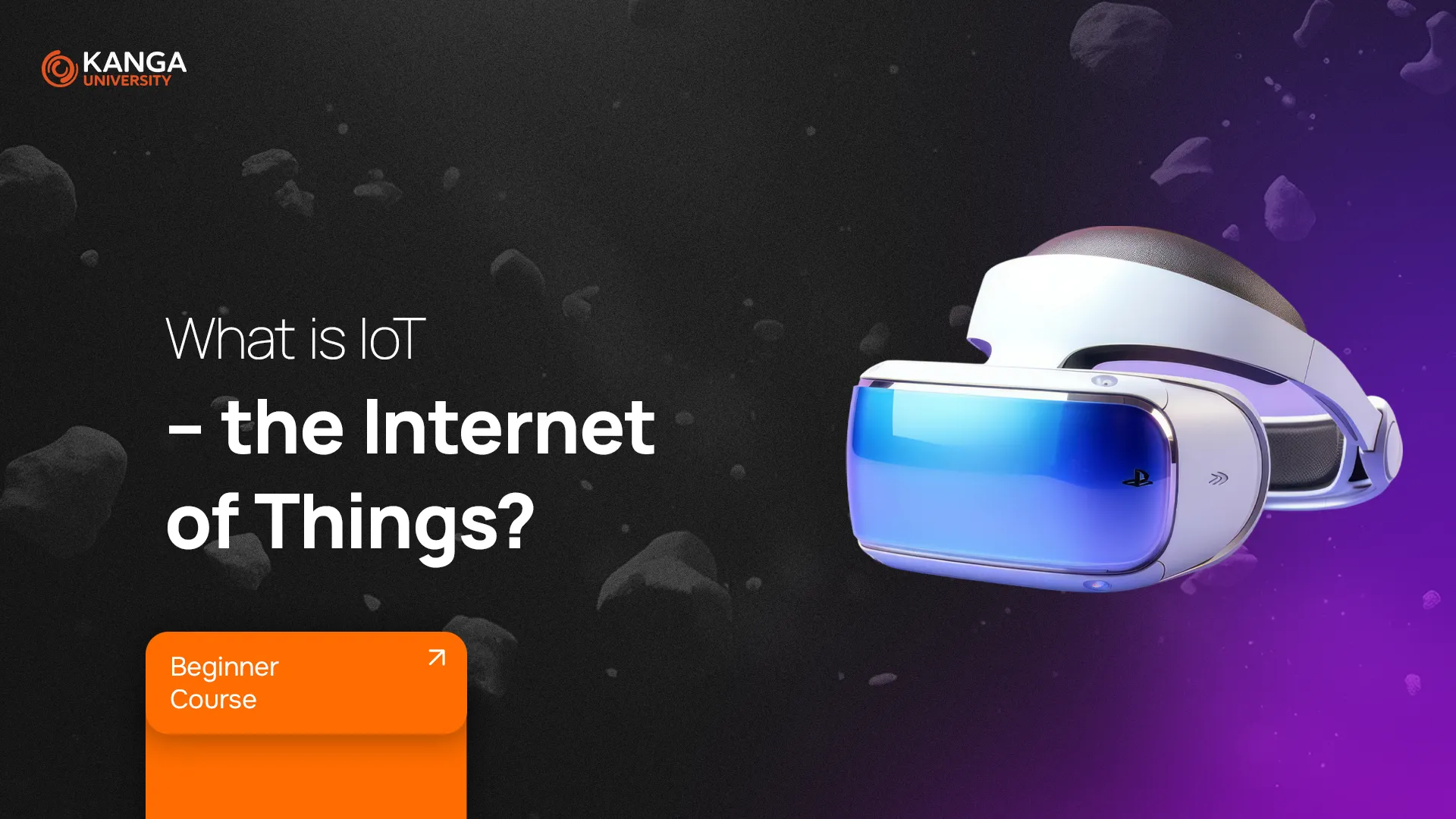
Imagine a world where your home, car, and even your fridge communicate with each other to make your life easier. Sounds futuristic? That’s exactly what the Internet of Things (IoT) is all about—a network of devices connected to the internet that can automatically exchange data with each other.
Thanks to IoT, everyday objects—like smartwatches, home security systems, and city infrastructure—can operate more efficiently, saving time, money, and energy. It’s like creating a digital layer over reality that works alongside our physical world.
How Does IoT Work?
IoT technology enables devices to collect and exchange data without human intervention. The key components of this system include:
- Sensors – These gather information (such as temperature, movement, or pollution levels) and send it to other devices.
- Connectivity – Devices communicate using Wi-Fi, Bluetooth, 5G, or other network technologies.
- Management Platforms – These analyze the collected data and make decisions, such as adjusting the temperature in a smart home.
By working together, these elements allow IoT to automate processes, improving convenience and resource efficiency.
Examples of IoT in Action
IoT is all around us, often without us even realizing it. Some key examples include:
- Smart homes – Automated lighting, heating, and security systems.
- Healthcare – Wearable devices that monitor heart rate or blood sugar levels.
- Transportation – Self-driving cars, smart traffic lights, and GPS tracking.
- Industry – Factories using IoT to monitor production and save energy.
- Agriculture – Sensors tracking soil conditions and automated irrigation systems.
Each of these sectors uses IoT to work smarter, more efficiently, and in a more environmentally friendly way.
Pros and Cons of IoT
Benefits of IoT:
- Automation and time savings – Reduces the need for manual tasks.
- Optimized energy and resource usage – Smart devices help cut waste.
- Improved security – Smart home monitoring and anti-theft systems.
- Convenience – Voice-controlled assistants and smart home integration.
Challenges of IoT:
- Privacy and security risks – Every connected device is a potential cybersecurity target.
- Dependence on the internet – Connectivity failures can disrupt device functionality.
- High costs – Smart devices are often more expensive than traditional alternatives.
IoT and the Global Economy – Is It Worth It?
IoT’s economic impact is massive. Experts estimate that by 2030, the total value of the IoT sector could reach $12.5 trillion. The biggest economic benefits come from industrial applications, healthcare, and smart city innovations.
Summary
IoT is not the future—it’s the present. More and more devices are connecting to the internet to improve our daily lives, increase efficiency, and enhance security. While challenges like privacy concerns and cybersecurity risks remain, IoT is reshaping how we live, work, and interact with technology.